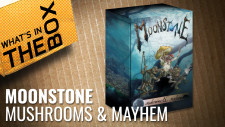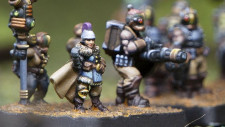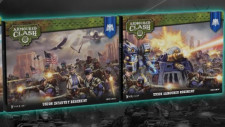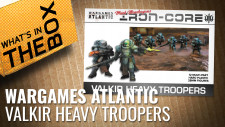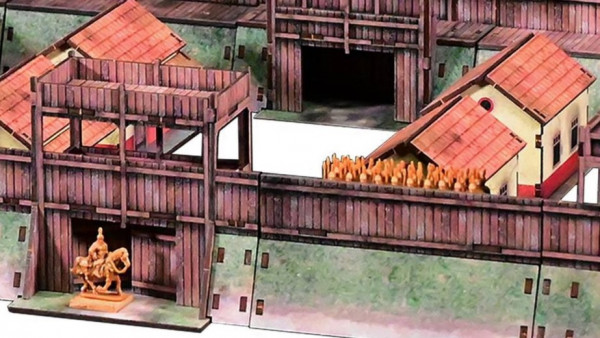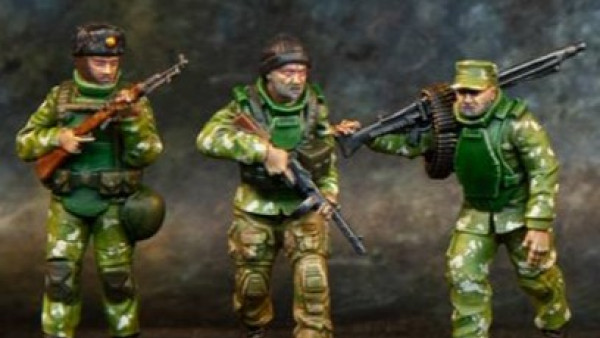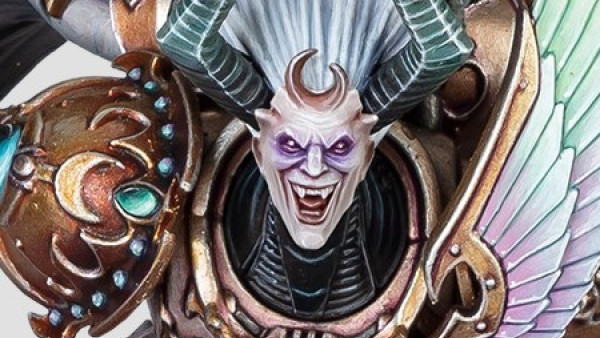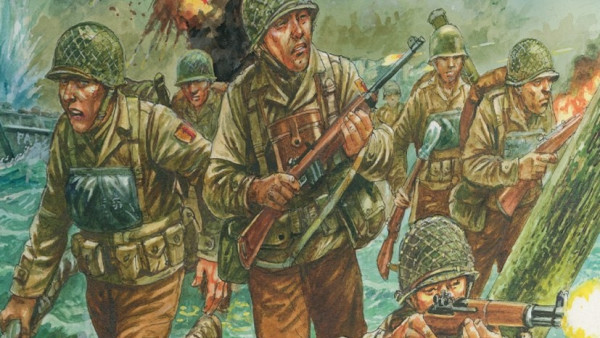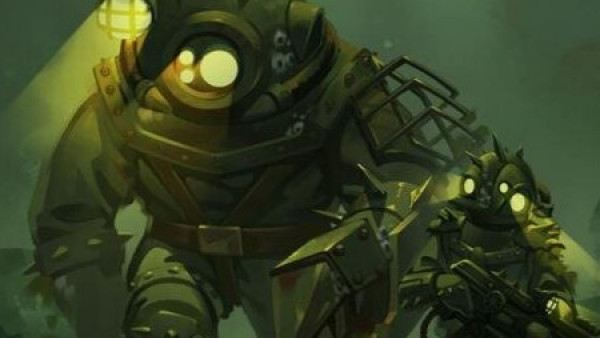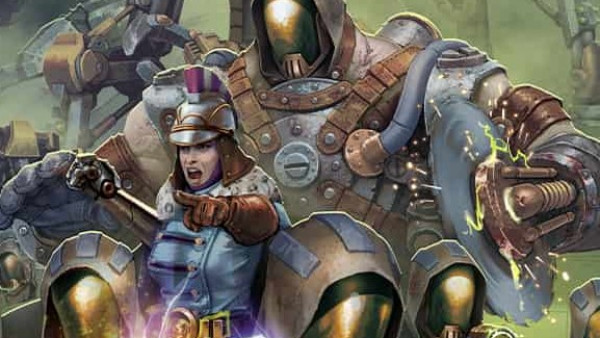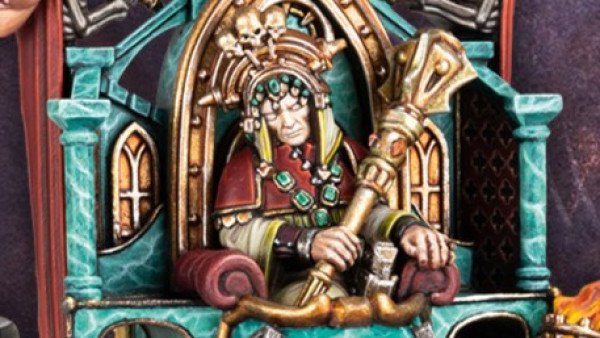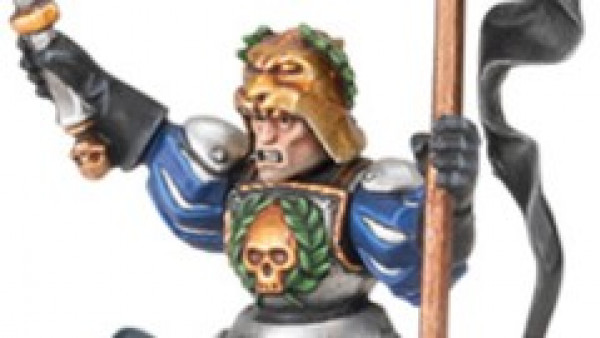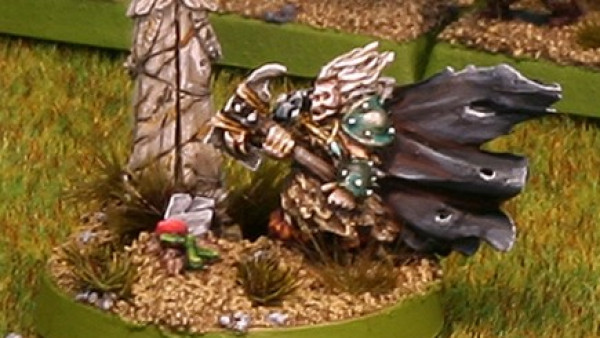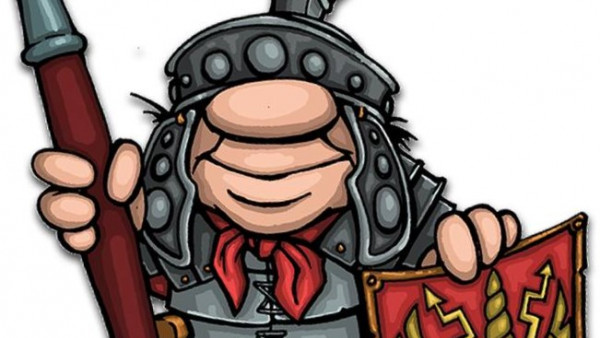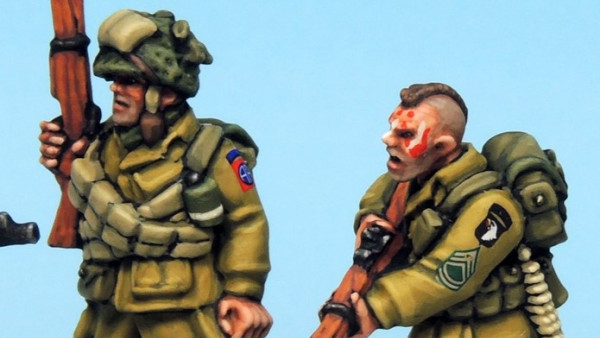Home › Forums › News, Rumours & General Discussion › Best mechanics for AI baddies ?
Tagged: food for thought, game design, rules
This topic contains 7 replies, has 4 voices, and was last updated by ![]() limburger 3 years, 7 months ago.
limburger 3 years, 7 months ago.
-
AuthorPosts
-
May 9, 2021 at 1:20 pm #1644069
This topic was discussed during the previous radio show on discord.
Download here :
https://discord.com/channels/633595029792882688/720404582257393785/839629707606884352Several things were mentioned :
(1) zombies and other mindless hordes are easily simulated …
Mantic’s “The Walking dead” does this by simply moving them towards the nearest sound.(2) armies and intelligent creatures need a sense of self preservation
@oriskany mentioned that armies tend to have 5 stances :
- Defend : hold an objective, don’t worry about losses or kills
- Delay : hold an objective, but try to survive
- Probe : worry about losses, don’t worry about objectives or kills
- Assault : objective isn’t important, but kills are. Do try to survive (minimize losses)
- Attack : take the objective, no matter the cost
You may see an army switch from ‘Attack’ to ‘Defend’ during a scenario, because once you’ve taken the objective you usually need to hold it. Then again … if there is a second objective they could remain in the ‘attack’ stance.
This is something you’d need to decide based on the scenario and the behaviour that the enemy needs to have.In a way this can be used as the basis for ‘AI’ systems that works for everything from zombies (only ever focus on ‘attack’ based decisions) to intelligent creatures (a mix of all 5 depending on specific scenarios).
Also mentioned the concept of ‘finite state machines’ (or FSM)
This sounds complex and a thing for computers, but you probably have seen them in action already but didn’t know it had a name (and a ton of math and logic to prove they work).A simple ‘traffic light’ at a cross roads is a FSM.
It goes from ‘Green’ (you can safely cross) to ‘Amber’ (be careful) to ‘Red’ (stop) and then ‘Green’ again.
That’s all a FSM really is … flow chart of decisions that go from one state to another. The ‘finite’ bit merely means that no new state is introduced while the system is functioning.https://en.wikipedia.org/wiki/Finite-state_machine
Anyways …
The real challenge is finding a way to minimize the book keeping (you don’t want to be do too much work while playing out the actions of your opponent).
Historical games will have an advantage as you could discover its behaviour during the actual battle you want to re-capture (provided enough historical evidence exists).
Fictional games either have to use a historical scenario as background or do the work from scratch …(sidenote : maybe we always need forum topics after the show for post show discussions ?)
May 9, 2021 at 5:06 pm #1644208Thanks for the mention, @limburger . I would just make one slight update to the postures:
1) Defend : hold an objective, don’t worry about losses or kills (Hard Defense – stand and die)
2) Delay : hold an objective for a time, but be ready to fall back as the situtaion demands. (Soft Defense – defend but escape)
3) Probe : worry about losses, don’t worry about objectives or kills (Meeting Engagement / Recon)
4) Attack/Strike : hit the enemy with a view to destroy as much as possible, or a certain target in particular. (Hit & Run / Raid)
5) Assault : not only attack, but take and hold a certain objective, no matter the cost (“Permanent” Attack)
May 10, 2021 at 1:07 am #1644307We can’t have @warzan have all the fun with this, can’t we ? 😉
I think it is a very interesting idea to have some sort of generic ‘AI’ that could apply to multiple systems.
It’s not going to replace a real opponent, but it can be good enough to teach beginners something about tactics and strategy the moment they decide to do something other than a ‘kill everyone’ scenario.One probably would have to tweak the exact execution of each posture a bit based on amount of objectives and their location.
If there’s 3 objectives (A, B and C) then it makes sense for part of the army to focus on whatever objective is closest to their location.
And as you’ve mentioned in the show … strict adherence to posture can be very boring from a gameplay point of view.Besides … even historically speaking not every commander made decisions that were 100% logical in the circumstances.
Although the historic commanders don’t have the detailed info on enemy troops (and even their own troops) like we do in games.OTOH … an ‘AI’ based enemy may require a less traditional army list that allows for ‘surprises’ (multiple waves of reinforcements)
The game ‘Anno Domini 1666’ may have solo rules, which the team mentions is done by giving the enemy a very basic set of skills to use as ‘complex’ ones would require too much decision making that could slow down the game.
I suspect same may be true for a generic ‘AI’ for wargames. Some aspects simply are too complex to manage without the aid of a computer … and ideally things should be kept as simple as possible.https://www.kickstarter.com/projects/1263001724/swords-of-light-and-darkness/posts/3182592
I know Fallout was mentioned, but I don’t know enough details for a link.
Likewise the ‘mini flow charts’ that apparently were used for a few units in 40k elude me at the moment.I reckon the generic ‘AI’ would need both a system of defining the effect the postures have on the various orders that troops can execute as well as some sort of ‘sub routine’ that allows units to execute an order to the best of their ability
Special units and their unique abilities (like artillery and air support) may have to be ignored for the sake of simplicity.
May 13, 2021 at 10:52 pm #1645440Take a look at Elder Scrolls: Call of Arms. They go over the stances mentioned.
> The real challenge is finding a way to minimize the book keeping
Cards and tokens, along with reference sheets.
I keep thinking of AI for RPG’s and miniature skirmish games (multiple small groups of monsters) and using a deck for each monster type. Or giving each monster one or two traits (eg. zombies would be “mindless, mob, undead”) and have a deck from shuffling card AI based on each trait. Decks would probably be only 6-12 cards, as well as a set of reference cards for default behavior (ie. stances).
May 14, 2021 at 7:45 pm #1645787@ced1106 tokens = just another form of book keeping …
So maybe a single token to show that the unit has activated, but not much more beyond that as the existing rules of the game should suffice.May 15, 2021 at 5:50 am #1645910You can also put tokens on cards, as in a card would have a specific space or spaces for counters.
May 15, 2021 at 10:46 am #1645943Five Parsecs from Home uses a few flavours: aggressive, tactiacal, defensive … Here you’re talking about 10 or so minis and it relies on the human player not to be too gamey, having the AI pieces use cover rather than blunder into the open under fire. It seems to work pretty well and keeps things varied.
May 15, 2021 at 9:09 pm #1646081I’d assume that (most) troops would advance from cover to cover to be honest.
Although one could argue that certain troops or enemies may be too angry (or desperate) to use cover while moving towards their objective / target.One could make a few basic “programs” / flowcharts for these things with both stance and a second factor determining which one is used at a given moment in the battle.
The problem/challenge is to make these things simple enough so players don’t have too much overhead.
And if all else fails … a basic coin flip to decide on the action the ‘AI’ picks. -
AuthorPosts
You must be logged in to reply to this topic.































